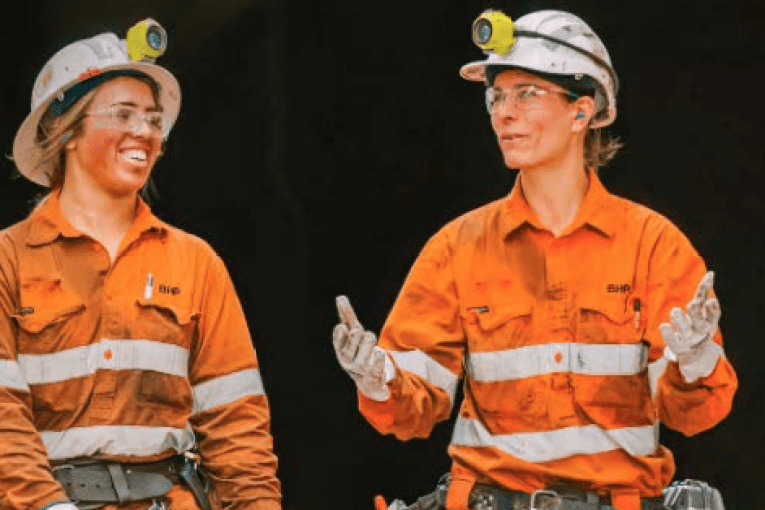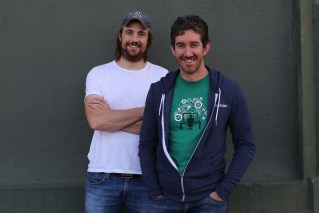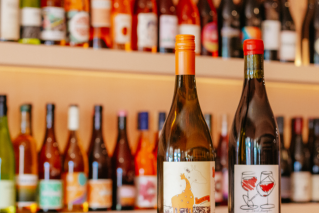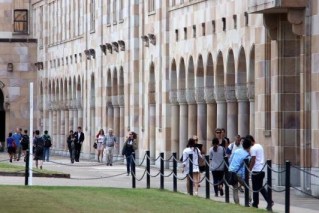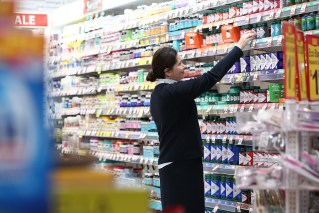Aurizon’s $50m plan for emissions-free trains to haul Queensland coal to market
Queensland’s coal could soon be hauled to ports by renewable energy or hydrogen-powered trains.

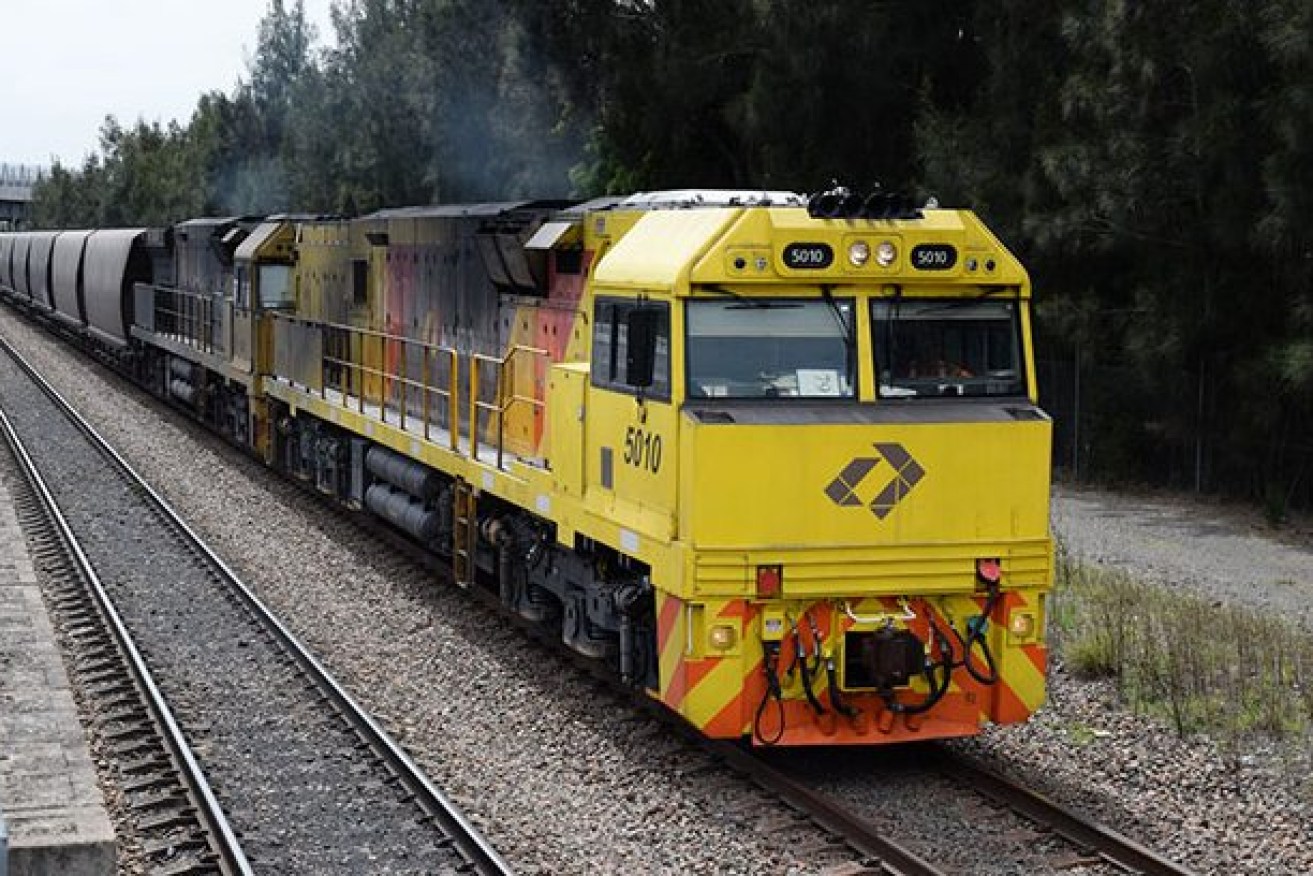
Aurizon's dividend is down on a lower profit
Brisbane-based Aurizon has announced plans to spend $50 million to find low-carbon technologies for its trains including the development of battery and hydrogen-powered solutions.
Prototypes could be running on the network within five years.
The company, which hauls much of Queensland’s coal production to the ports, said it would also target net-zero operational emissions by 2050 which would include a 10 per cent reduction in greenhouse emissions intensity by 2030. It has already achieved a 20 per cent reduction between 2010 and this year.
It would also maximise the benefits of the electrified coal network and electric locomotives in Queensland as an increasing proportion of renewable energy sources feed into the national grid.
Battery-powered trains already exist in parts of Europe and Bombardier, which manufactures trains for QR, has been making the new-age battery trains since 2018. Hydrogen-powered trains may be further down the track, however, French manufacturer Alstom already has one model in operation.
Aurizon’s emissions in the 2020 financial year were 868 kilotonnes of CO2 equivalent.
Managing director Andrew Harding said his company accepted the science around climate change.
“We recognise we have a responsibility to take action on climate change so we can achieve an effective transition to a low-carbon future,” he said.
“This strategy represents a year-long program of work by an Aurizon team which has collaborated with major global railroads, rail manufacturers, as well as technical experts on low-carbon technologies.
“We are confident that rapidly-advancing technology in the rail sector will unlock major benefits like we are seeing in motor-vehicles, energy generation and general industry.”
Harding said the transition to low-carbon technology could include upgrades to the existing fleet or new rolling stock,” he said.
Because the locomotives have a life of between 20 and 30 years, the transition to battery or hydrogen was a big decision, Harding said.
